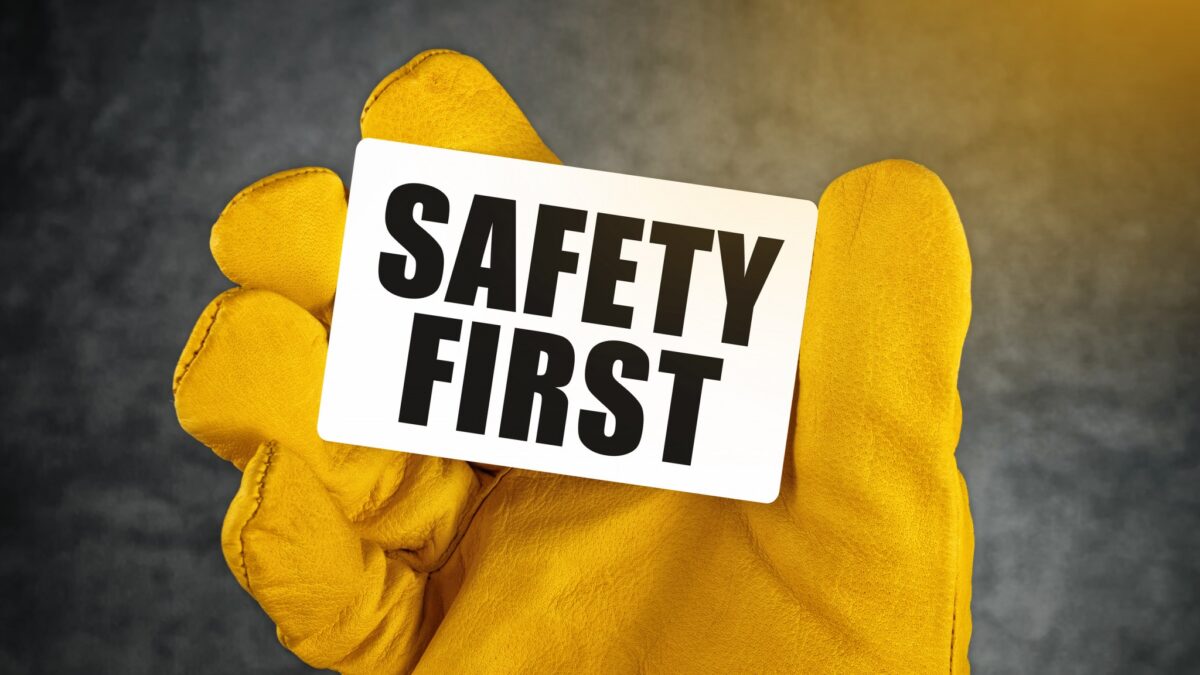
You’ve decided to introduce surveillance cameras, but the workers’ council is against it? Here’s what you can do
30. August 2023.
When 2 sister companies work in the same spaces, does each need a trained first aid worker?
13. September 2023.In today’s dynamic business environment, the priority of caring for employees has never been higher. One of the key aspects of caring for workers is ensuring their safety and safety at work.
In order to strengthen awareness of the importance of this aspect, motivating messages in the field of occupational safety play a key role in ensuring a productive and safe working environment.
In this article, we explore why motivating messages are important for workers and provide examples of how these messages can be effectively conveyed.
Why are motivating messages important for workers?
Motivating messages in the field of occupational safety have a profound impact on workers and their behavior in the workplace. They encourage safety awareness, promote positive work habits and create a sense of belonging to an organization that cares about the well-being of its employees. These messages help build a positive work culture based on responsibility, collaboration and self-awareness.
Examples of motivating messages in the field of occupational safety:
- “Your safety is our priority concern. We work together to ensure a carefree working environment.”
- “Safety at work is a team effort. Your decisions affect the safety of all of us.”
- “Any injury can be prevented. Take care of yourself and your colleagues.”
- “Today we invest in security so that tomorrow we can have a successful future.”
- “Your family is waiting for you at home. We work responsibly and safely.”
- “Together, we are building bridges to a secure future. Don’t neglect occupational safety regulations.”
- “Security is a tool you should never put aside. She’s with you every step of the way.”
- “Show your professionalism by respecting safety standards.”
- “There is no job worth risking. We are bringing about positive change.”
- “Your decisions shape your future. Choose safety.”
How do motivating messages ‘deliver’ to employees?
But once you come up with appropriate messages that you think will contribute to the desired goal, a new dilemma arises. How best to communicate the same to employees. Here are some ways to convey motivating messages to workers:
Workshops and trainings: Organizing interactive workshops and trainings focusing on occupational safety can provide employees with practical skills and raise awareness of the importance of safety.
Internal communication channels: Using internal communication tools like email, intranets, or chat apps to send motivating messages on a regular basis.
Posters and visual materials: Placing posters, infographics and visual materials in visible places in the work environment reminds employees of the importance of safety.
Personalized messages: Individual messages from superiors or colleagues can further reinforce a sense of belonging and responsibility.
Internal newsletters: Regular publication of internal newsletters with security-related topics provides an opportunity for continuous communication.
Meetings and presentations: Including Occupational Safety topics in team meetings or presentations ensures a wide reach of the message.
Awards and recognitions: Praise for adhering to safety rules encourages employees to actively participate in ensuring safety.
Digital campaigns: Using social media and digital platforms to spread motivating messages.
Mentoring: Older and more experienced employees can mentor new team members about the importance of occupational safety.
Feedback System: Enabling employees to share their ideas and suggestions to improve safety creates a sense of active involvement.
Ultimately, motivating messages in the field of occupational safety have a significant impact on creating awareness, promoting responsible behavior and building a positive work culture. Through diverse channels of communication, organizations can ensure that their employees are actively involved in preserving a safe work environment.


